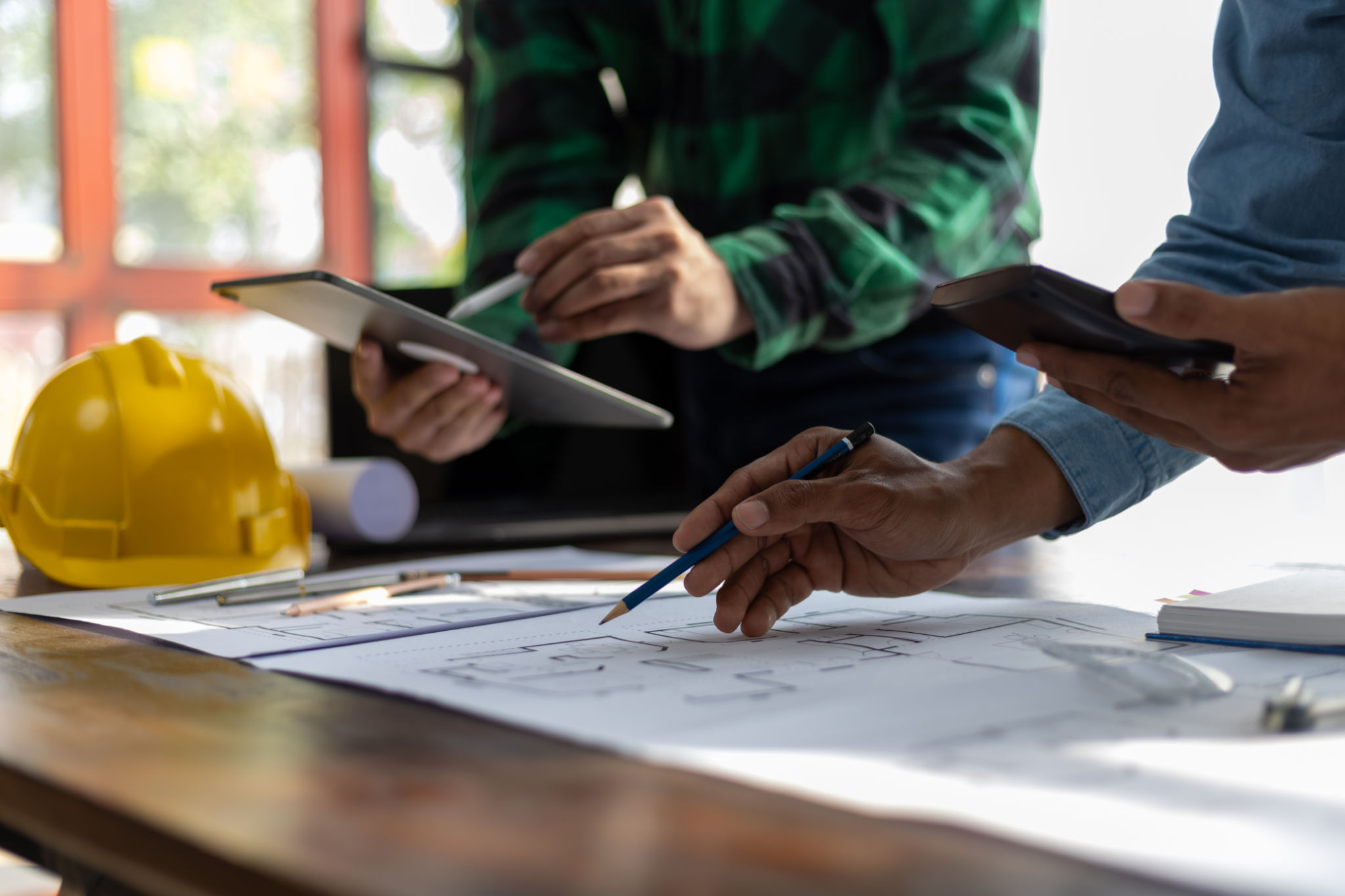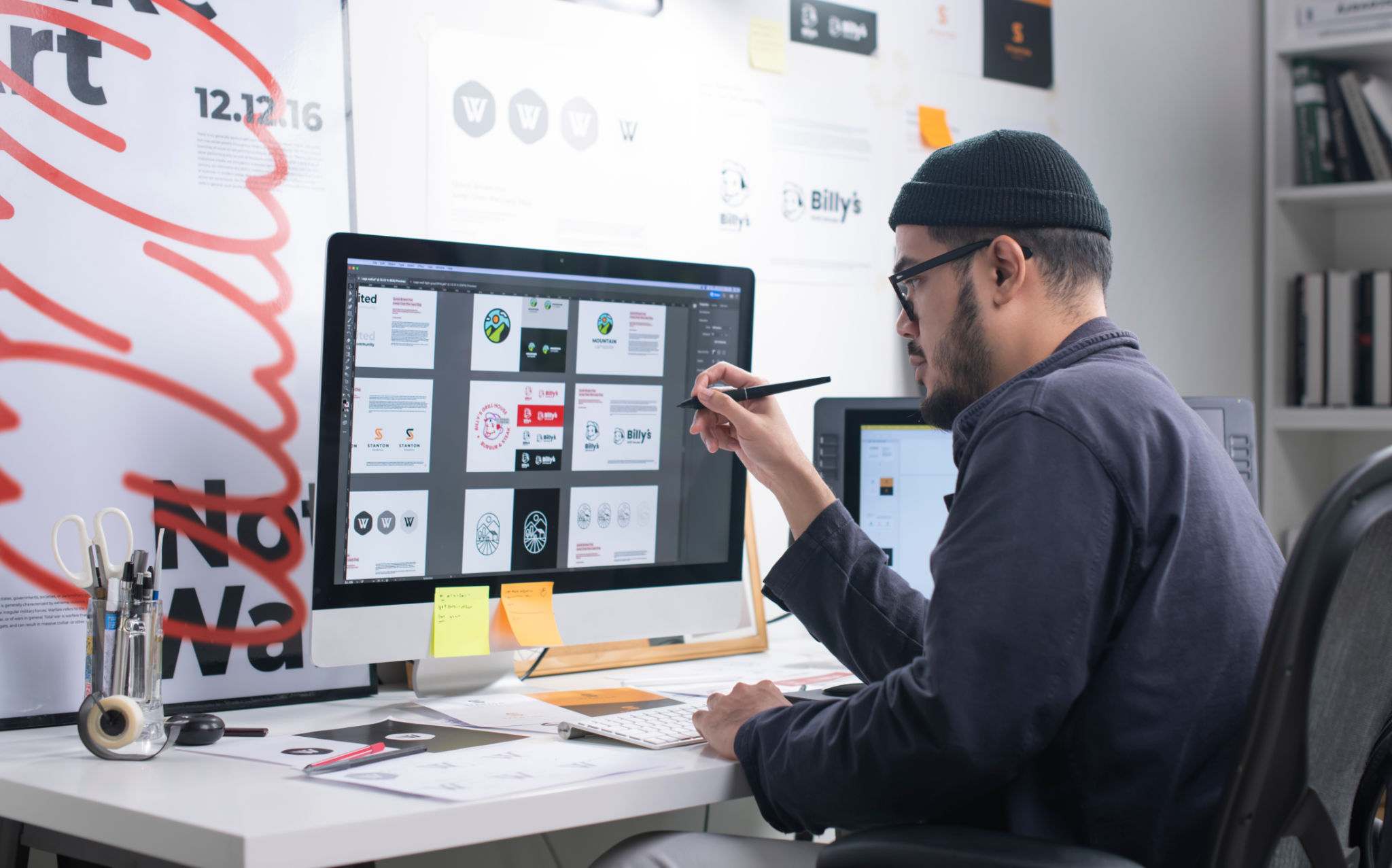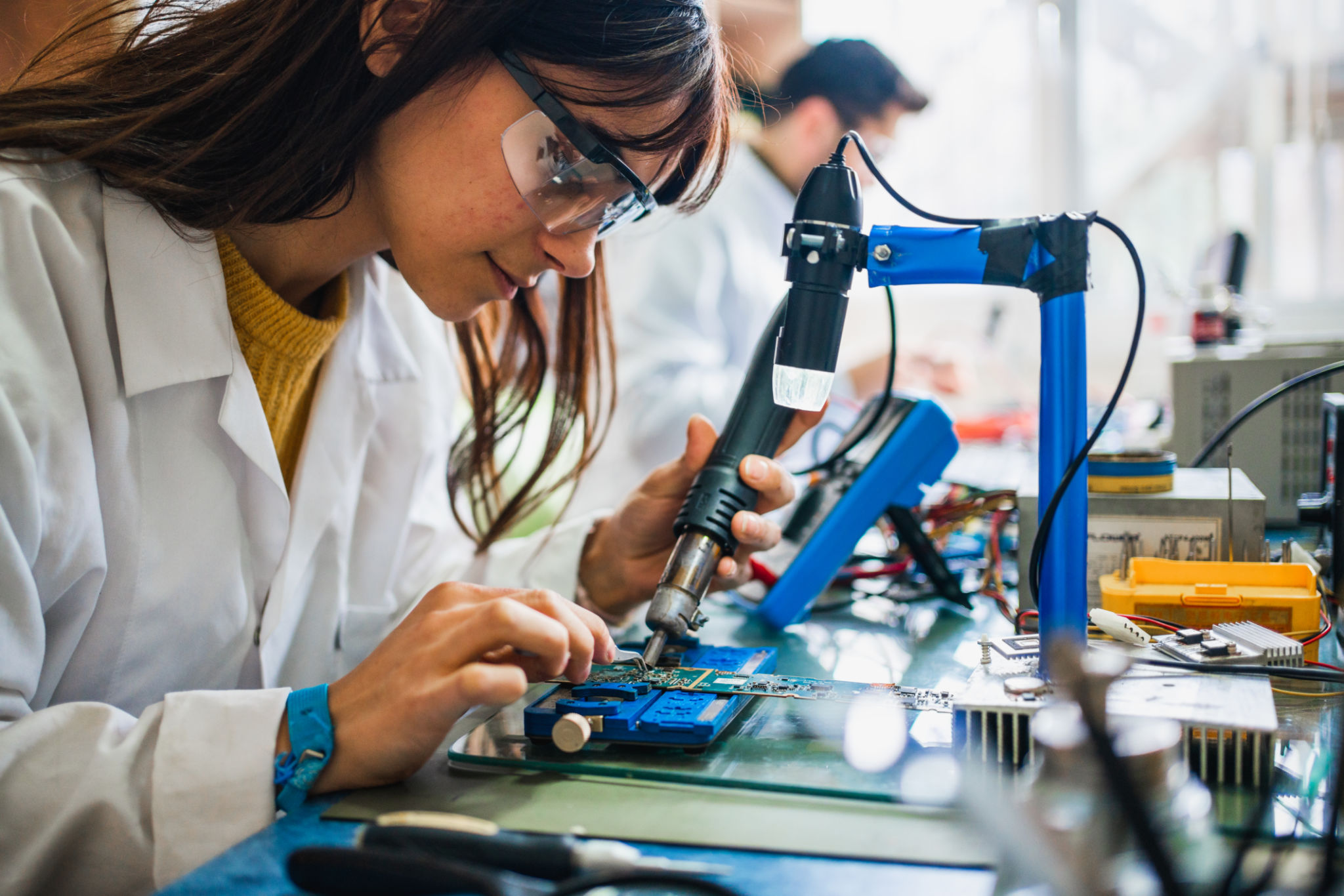Mastering Engineering Design: A Comprehensive Guide for Beginners
Understanding Engineering Design
Engineering design is a systematic process that involves creating solutions to various technical problems. It is a critical skill for aspiring engineers, as it combines creativity with scientific principles to develop effective and efficient products and systems. Whether you are designing a bridge, a smartphone, or a medical device, understanding the fundamentals of engineering design is essential.
In engineering design, one must consider multiple factors such as functionality, safety, sustainability, and cost. Successful engineers are those who can balance these elements while satisfying the needs of the users and stakeholders. This guide aims to provide beginners with the essential knowledge required to embark on their journey in engineering design.

The Engineering Design Process
The engineering design process is a series of steps that engineers follow to solve problems. At its core, this process is iterative, meaning engineers repeat steps as needed, constantly refining and improving their designs. Here is a basic outline of the process:
- Define the Problem: Clearly articulate the problem you aim to solve.
- Research: Gather information and learn about existing solutions.
- Specify Requirements: Determine the criteria and constraints for your design.
- Brainstorm Solutions: Generate multiple ideas and potential solutions.
- Select the Best Solution: Evaluate the ideas based on criteria and select the most promising one.
- Develop the Prototype: Create a model or prototype of your solution.
- Test and Evaluate: Test the prototype to see if it meets the requirements and solve the problem.
- Iterate: Refine the design based on testing results and repeat as necessary.
The Importance of Creativity in Engineering
While engineering is often associated with quantitative analysis and technical skills, creativity plays a crucial role in the design process. Creative thinking allows engineers to devise innovative solutions that might not be immediately obvious. This includes thinking outside of conventional parameters and exploring new materials, technologies, or methodologies.
Encouraging creativity can lead to breakthroughs that set designs apart from traditional solutions. As a beginner, embracing creativity will enhance your ability to tackle complex problems and push the boundaries of what's possible in engineering design.

Tools and Software for Engineering Design
Modern engineering design heavily relies on various tools and software that aid in creating, simulating, and testing designs. These tools range from Computer-Aided Design (CAD) software for creating detailed models to finite element analysis programs for testing stress and load factors.
- CAD Software: Programs like AutoCAD, SolidWorks, and CATIA are essential for drafting detailed schematics and 3D models.
- Simulation Tools: Software such as ANSYS or MATLAB can simulate real-world conditions to test how designs perform under stress.
- Project Management Tools: Programs like Microsoft Project help manage timelines, resources, and collaboration among team members.
Learning Resources
For beginners, there are numerous resources available to learn about engineering design. Online courses, tutorials, textbooks, and workshops can provide foundational knowledge. Participating in engineering clubs or competitions can also offer hands-on experience and practical insights into real-world applications.

Conclusion
Mastering engineering design requires patience, practice, and perseverance. By understanding the design process, embracing creativity, leveraging modern tools, and utilizing available learning resources, beginners can successfully navigate the complexities of engineering design. Remember, every great engineer started as a beginner, so stay curious and keep experimenting with new ideas.
As you continue on your journey, remember that engineering design is not just about finding a solution but finding the best solution possible. With dedication and effort, you can create impactful designs that contribute positively to society.